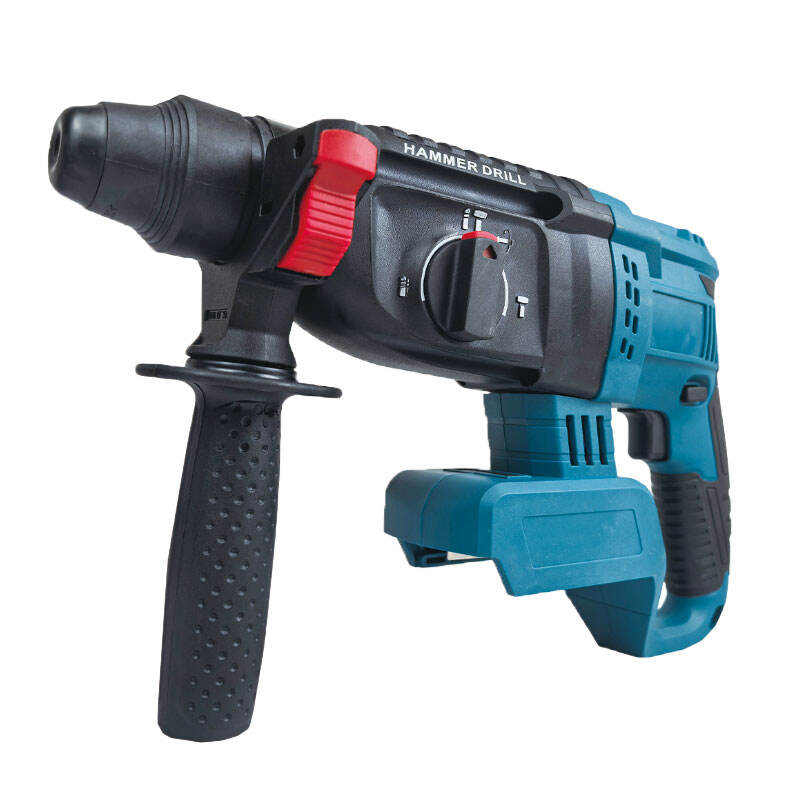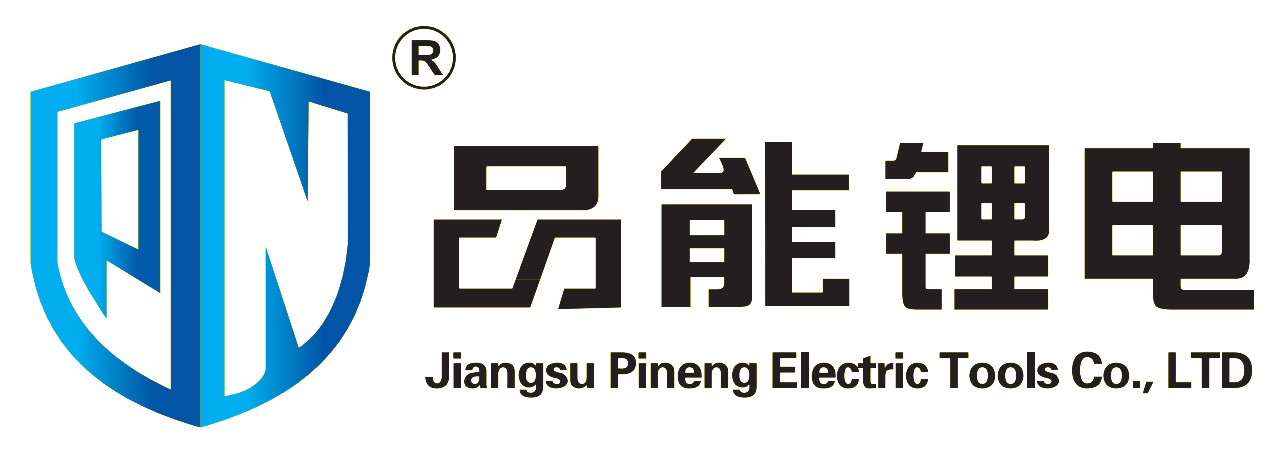Understanding the Ergonomic Advantages of Modern Hammer Drills
Working with power tools overhead can be one of the most challenging and physically demanding tasks in construction and home improvement projects. The importance of choosing the right tool becomes even more critical when you're reaching up for extended periods. A lightweight hammer drill has emerged as the preferred choice for overhead work, offering a perfect balance of power, control, and reduced user fatigue.
Professional contractors and DIY enthusiasts alike have discovered that using a lightweight hammer drill significantly improves their overhead working experience. The reduced mass not only makes the tool easier to handle but also enhances precision and safety while maintaining the necessary power for effective drilling.
Key Benefits of Lightweight Construction in Hammer Drills
Reduced Muscle Strain and Fatigue
The primary advantage of a lightweight hammer drill for overhead work lies in its reduced impact on the user's muscles. When working above shoulder height, every extra ounce matters significantly. Traditional heavy hammer drills can cause rapid muscle fatigue, leading to decreased productivity and potential safety risks. A lightweight hammer drill, typically weighing between 2.5 to 4 pounds, allows for extended use without excessive strain on the arms, shoulders, and back.
The reduced weight also means better control and maneuverability, enabling users to maintain proper drilling angles and consistent pressure throughout the task. This improved control is particularly crucial when working with precise measurements or in tight spaces above head level.
Enhanced Precision and Control
Working overhead requires exceptional stability and control. Lightweight hammer drills excel in this aspect by allowing users to make fine adjustments more easily. The reduced mass makes it simpler to maintain steady positioning, resulting in cleaner holes and more accurate work. This precision is especially valuable when working with delicate materials or in finished spaces where mistakes could be costly.
The balanced design of modern lightweight hammer drills also contributes to improved control. Manufacturers have optimized weight distribution to ensure the tool feels natural in hand, even when used at awkward angles above head level.

Advanced Features of Modern Lightweight Designs
Innovative Materials and Construction
Contemporary lightweight hammer drills utilize advanced materials such as reinforced polymers and aircraft-grade aluminum to achieve their reduced weight without compromising durability. These materials offer excellent strength-to-weight ratios, ensuring the tool can withstand regular use while remaining easy to handle. The implementation of these materials has revolutionized the way professionals approach overhead drilling tasks.
Manufacturers have also incorporated sophisticated engineering techniques to optimize component placement and reduce unnecessary bulk. This attention to design details results in tools that are not only lighter but also more compact and better balanced.
Power-to-Weight Optimization
Despite their lighter construction, modern lightweight hammer drills maintain impressive power output. Through improved motor efficiency and advanced electronic controls, these tools deliver the necessary force for demanding applications while keeping weight to a minimum. The optimization of power-to-weight ratio ensures users don't have to sacrifice performance for comfort.
Many lightweight models now feature brushless motors, which offer superior power delivery and longer runtime while contributing to the overall weight reduction. This technology also reduces maintenance requirements and extends the tool's service life.
Safety Considerations and User Well-being
Reduced Risk of Accidents
The lighter weight of these tools significantly reduces the risk of accidents during overhead work. When fatigue sets in, users are more likely to lose control of heavier tools, potentially leading to injuries or damage to materials. Lightweight hammer drills minimize this risk by allowing users to maintain better control throughout extended working periods.
Additionally, the reduced mass means less potential energy in case of accidental drops, potentially minimizing damage to both the tool and surrounding areas. This aspect is particularly important when working on elevated platforms or scaffolding.
Long-term Health Benefits
Regular use of heavyweight tools for overhead work can lead to chronic muscle strain and repetitive stress injuries. Lightweight hammer drills help prevent these long-term health issues by reducing the physical demands on the user's body. This consideration is especially important for professionals who perform overhead drilling tasks frequently.
The ergonomic benefits extend beyond immediate comfort to support better long-term joint and muscle health. This makes lightweight hammer drills an investment in both productivity and worker well-being.
Frequently Asked Questions
How much should a lightweight hammer drill weigh for optimal overhead use?
For optimal overhead use, a lightweight hammer drill should ideally weigh between 2.5 to 4 pounds. This weight range provides the best balance between power and maneuverability while minimizing user fatigue during extended overhead work.
Can lightweight hammer drills handle heavy-duty tasks?
Yes, modern lightweight hammer drills are designed with efficient motors and advanced technology that allow them to maintain high performance levels despite their reduced weight. Many models can handle demanding tasks just as effectively as their heavier counterparts.
What features should I look for in a lightweight hammer drill for overhead work?
Look for features such as brushless motors, ergonomic grip design, good weight distribution, variable speed control, and adequate power output. Additional features like LED lights and dust collection systems can also enhance the overhead working experience significantly.


